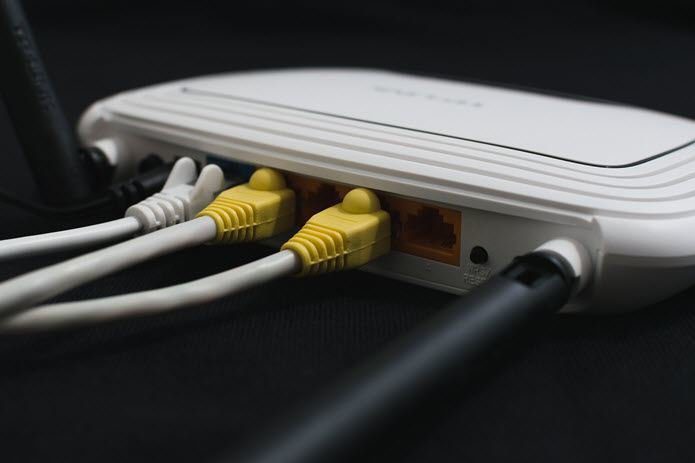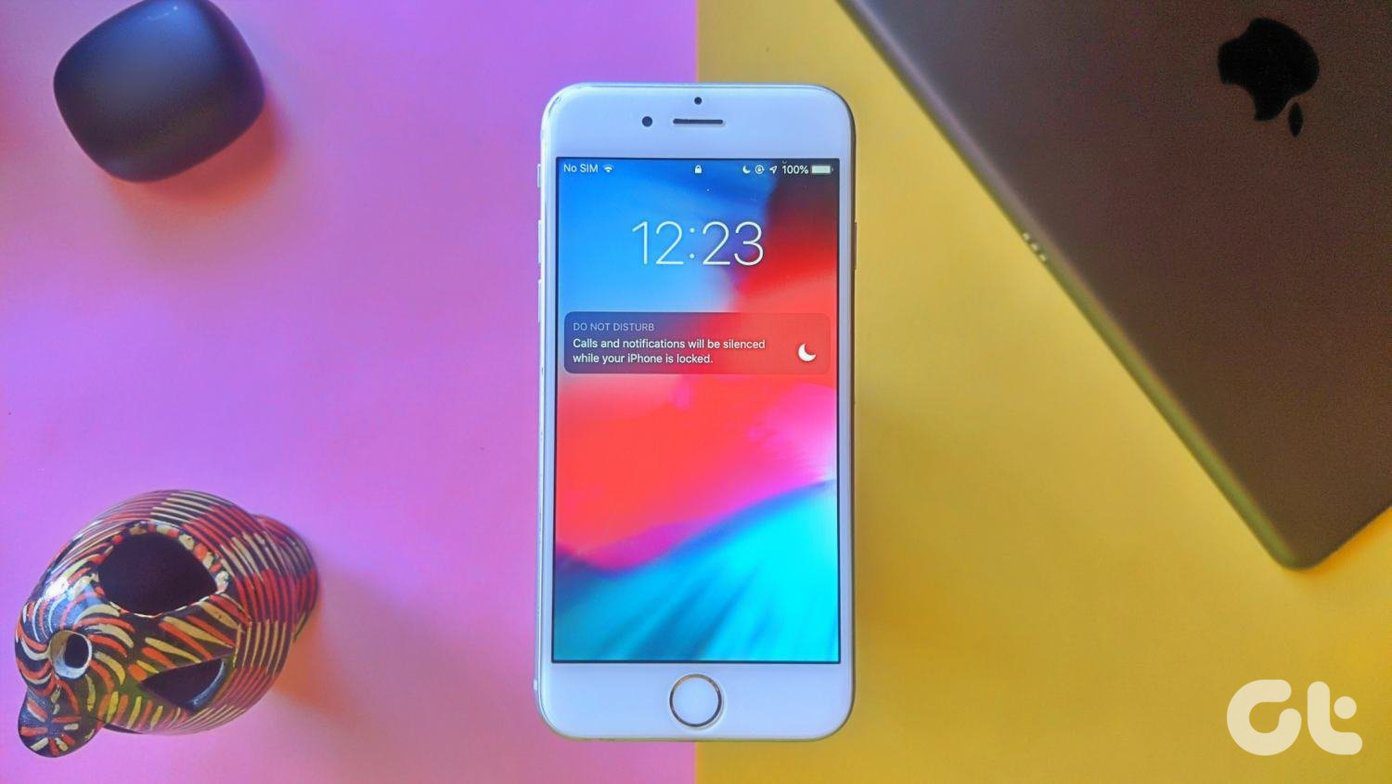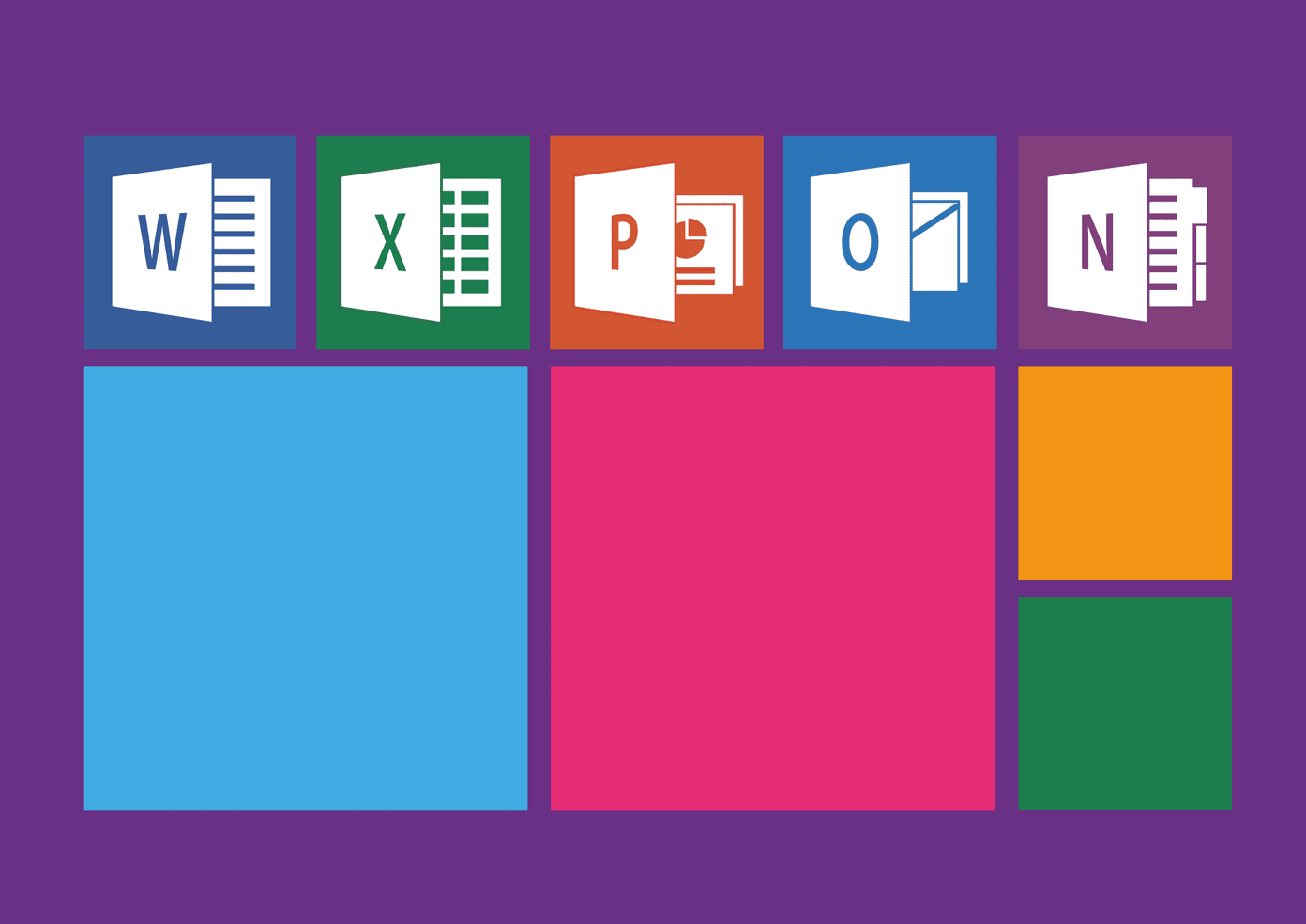Sure, it will be more secure and better, but, what is this new standard all about, what are its shortcomings, will you get it on your existing Wi-Fi router? These are some of the most obvious questions that anybody would have. However, before we answer these, you would need to understand what is WPA and why security is important.
What is Wi-Fi Protected Access (WPA)
Wi-Fi Protected Access (WPA) is a security standard designed for devices with wireless internet access such as mobile devices. WPA is the successor to the older Wired Equivalent Privacy (WEP) security protocol, which encrypted all the data being transferred over a wireless connection for security. As devices became more reliant on Wi-Fi there was a need for a more stringent security system, hence the WPA system was implemented in 2003. WPA offered a stronger user authentication and better security altogether. However, in 2004 an even stronger security system named WPA2 was implemented. It offered a much stronger security algorithm and advanced level encryption with message authenticity and integrity validation. It basically defined how a router communicates to a device after an initial connection is established. From thereon, the communication is basically encrypted to avoid any kind of snooping on that data. Till today, WPA2 has served as the security backbone for all Wi-Fi networks and will continue to do so in the future as well. However, WPA3 will be implemented sometime this year and will have considerable advantages over existing WPA2 systems.
How is WPA3 Better than WPA2?
WAP3 is better than WPA2 in several aspects, however, the Wi-Fi alliance has summed it all up under 4 main points.
1. Better Protection Even for Weak Passwords
Wi-Fi systems today rely on a passphrase that authenticates your device and allows it to connect to a network with the help of a router. This method of connection is called a handshake between devices. However, with WPA2, a vulnerability named Krack was discovered last year that exploited this and allowed network access without the passphrase or the Wi-Fi password. With WPA3, a new and more robust system has been implemented that provides protection from such attacks. What’s better is that even if a user chooses a password or passphrase that falls short of the minimum requirement, the system will automatically protect the connection against such attacks. This surely sounds great and many industry experts also agree, however, both the Wi-Fi router and the device connecting to that network should have the WPA3 standard for it to work.
2. Easy Connectivity to Devices with No Display
In the past couple of years, there has been no dearth of smart devices such as the Google Home, smart lights and thermostats (like the Ecobee Ecobee3 Lite) which connect to Wi-Fi and allow users to control them remotely. However, the problem arises when the user has to connect these devices to a Wi-Fi network. Needless to say, doing that using mobile apps is both time-consuming and utterly frustrating. With WPA3, comes a promise to make this process as seamless as possible. While the way how this will work is not yet clear, my best guess is that devices might come with a button that will allow them to connect to a Wi-Fi network, with ease.
3. Better Individual Protection on Public Networks
Public networks such as the ones you’ll find at airports and coffee shops allow users to connect to the network without a password. These unencrypted networks can and have been used by many to target innocent users for stealing their valuable data. This long due security solution for the public networks will finally come with WPA3. Even if a user is connected to an open or a public network, the system will encrypt the connection, leaving no room for anyone to gain access to the data being transmitted between the devices.
4. 192-bit Security Suite for Governments
Not just for public, but the new Wi-Fi security protocol will also have something that the government and security agencies have wanted for a long time. WPA3 will have a far more complex encryption system that would help its use in critical applications such as matters of national security. While it might not be of any use to the regular users right away, some benefits are likely to come out of this as well with time.
How Will I get WPA3 on My Devices?
Looking at all those benefits, the first question that popped up in my head was that when will I get WPA3 on my devices, be it my phone or my Wi-Fi router? Well, the Wi-Fi Alliance has laid down strict guidelines as to how manufacturers can get their products certified for the new standard. However, getting old devices certified for the new standard might not be what the manufacturers would be interested in, especially since WPA2 will continue to function along with it. Even getting a new WPA3 certified Wi-Fi router would not solve this problem as the devices being connected to that need to be certified with this new protocol as well. Now that the new standard is announced, manufacturers will soon be making a move towards it. Going forward we can expect more and more devices that support WPA3, but expect it not happen in anytime soon. The above article may contain affiliate links which help support Guiding Tech. However, it does not affect our editorial integrity. The content remains unbiased and authentic.













![]()

